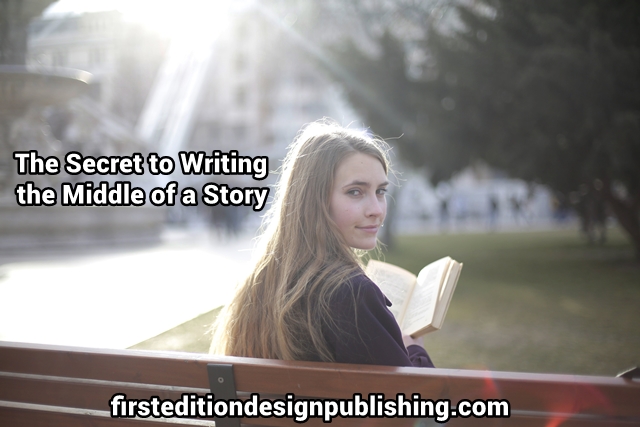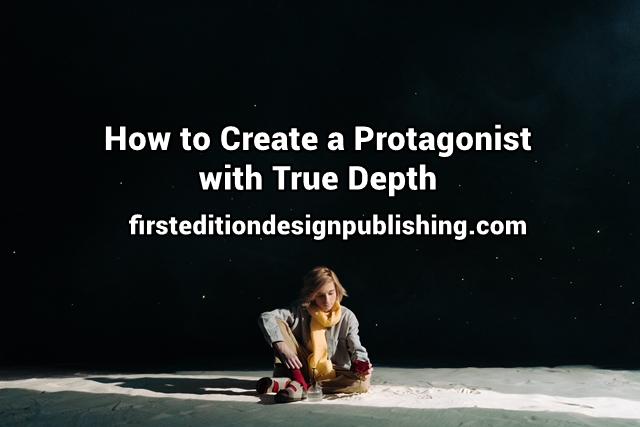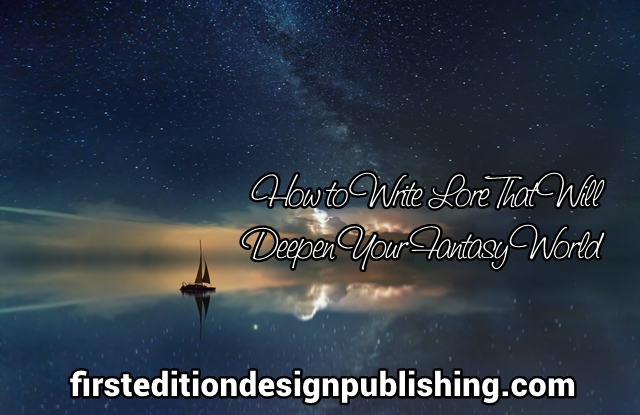
When I first started writing fiction, I desperately wanted to be Margaret Atwood. I read several of her novels and, consciously or not (probably consciously), my writing voice started coming out a lot like hers—only minus the talent and the authenticity because… (wait for it) I’m not Margaret Atwood. I didn’t sell a single short story.
Many years later I decided to write a thing (it was sort of a prose poem but really, it defied genre) completely as “me.” It turned out quirky, funny (if you share my sense of humor, that is), and weird—rather like someone I know. When I finished it, I thought, well, that was fun. Maybe no one will buy it, but who cares? It sold to the first magazine I sent it to and was later anthologized.
Too much has been made of the process of finding your voice as a writer, and I think it gets us into trouble. We believe it’s something that it’s not and then we make it way more complicated than it needs to be.
Contrary to what you might think, voice is not just a way of talking or sounding. It’s a way of being in the world. And how do we ‘be’ except the way we already are?

We never have to think about finding our voice as a person. Our voice is everything about us; it’s who we are, how we see the world. Why would that be any different on paper than it is in real life? When we put pressure on ourselves to “find our voice,” whatever we end up finding becomes more like a persona, a disguise, and then it’s not our voice anymore. It’s fake.
The process is a lot like dating. When we try too hard to be something we’re not, it might work for a little while and then it just…won’t. Because it won’t feel authentic.
Listen to any interview with Margaret Atwood and you’ll notice she sounds in person exactly the way she does on the page. Same with Stephen King. They’re not making up some new entity who they suddenly become on paper. Even though they’ve both created numerous convincing and authentic characters who are completely diverse from each other, we can still identify an Atwood or King novel by voice alone. Why? Because the essential personality of the author shines through those characters. How could it not? They created them.
But is it bad or wrong to copy other writers when you’re just starting out?
Actually, no. It can be a great way to get started—almost like a nudge that coaxes your true voice out.
Another exercise worth trying is to choose your absolute favorite novel and copy it out by hand. I’m not suggesting plagiarism or even mimicry. Instead, this can be an effective learning tool. I once wrote out the first hundred pages of All the Light We Cannot See and was amazed by what I picked up that I’d missed in two readings of the novel. Writing it out by hand allows you to see firsthand how the magic has been created.
But when it comes to finding your voice, the main thing you need to do is stop putting up roadblocks and instead allow the process to happen.
How do you do that? Here are a few ideas.
- Ask yourself: who are your favorite authors? What genres do you like to read? Explore what it is about them that appeals to you. Chances are there are some elements common to all of them.
- Try Natalie Goldberg’s exercises in Writing Down the Bones of keeping the hand moving while you write. What this does is silence your inner critic. If you’re busy writing, they can’t get a word in edgewise, nattering that you should be writing X rather than the Y that you want to write, or telling you that you’re no good or the work isn’t coming out the way it’s supposed to.
- Try Ray Bradbury’s idea in Zen in the Art of Writing of keeping word lists to discover your loves, your hates, your obsessions and fears. This was his way of finding his voice as a writer—which really amounted to nailing down who he was as a person. It might work for you.

Flannery O’Connor wrote: “The writer can choose what he writes about but he cannot choose what he is able to make live.” What we are able to make live is directly related to who we are and what we love. If what you love is cowboys and westerns, then chances are when you write about them, your voice will sing.
People used to ask Stephen King why he was “wasting” his talent writing horror. Why? Because horror is what he loves. And what exactly has been wasted? He is arguably the best horror writer in the world. If he had ignored his obsessions and tried to be a literary writer, there’s a fair chance he would not have been as successful as he is.
If you want to find your voice as a writer, just be yourself on the page. There’s nobody more suited to the task.
Source: writershelpingwriters.net
Visit us at First Edition Design Publishing














